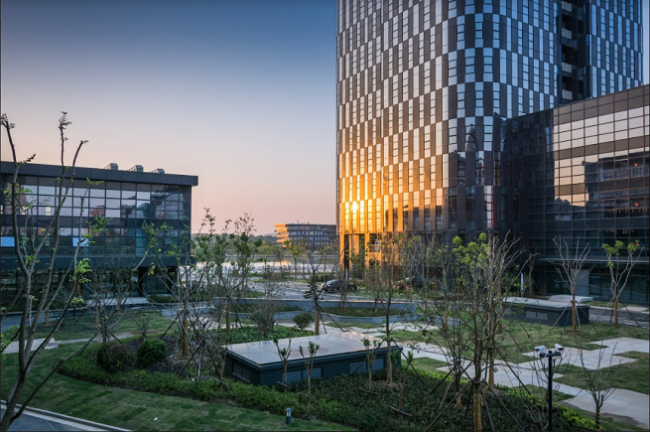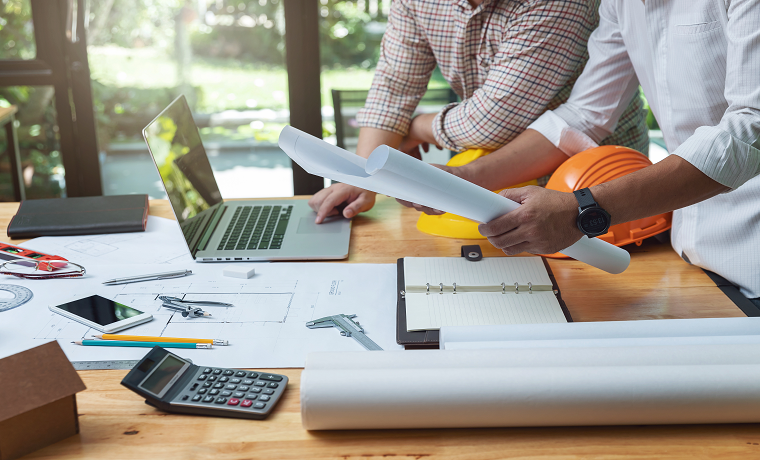Commercial properties are locations where people gather for various purposes. Designing these structures requires tests for safety and preparedness. Moreover, big projects require significant investments and standards and regulations to follow. Commercial properties also differ from residential ones because they require more planning and approval. There are also other factors to consider to make your project a success.
-
Before Choosing a Site
The commercial property requires a location appropriate to your business as it will affect various areas, such as hiring local talents and potential leads. You must be able to settle in an area where you’ll have access to customers or clients and staffing. It’s important because you want your workers and customers to conveniently reach the place of business.
You’d also want to ensure that your design adheres to the local regulations of the community and the state. The ideal design will follow these rules because they are made for the safety and well-being of the patrons. Some of these rules pertain but are not limited to the following:
- Obstruction of ingress/egress of walkways in common areas
- Building directory
- Permitted sale of goods or merchandise, manufacturing
- Prohibited marketing activities within the building
- Signage restrictions, guidelines, and approval requirements
- Restrictions on flammables, pollutants, and pets
Water and drainage systems are also vital, and you want to make sure that your location already has them. You can check nearby pump stations and the availability of fire hydrants. Then, inquire at the resource management department at your locale. They are some of the primary necessities that modern infrastructures must have in place because they’ll help you save money.

-
Hire Spatial Data Services
Technology is constantly evolving, and various industries benefit from zoning, engineering, and construction. Many professionals utilize digital twin technology to enhance cities and roads through design.
Digital twin services Australia provides an up-to-date approach for duplicating real-world assets, buildings, infrastructures, or products. The technology creates digital representations of the mentioned elements in a computer. The program user can create, test, and plan designs based on the information and the digital duplicate of a city or any other location.
When the user or designer can see what the city looks like from various perspectives, it can help them to lessen the guesswork of designing, construction, or purchasing.
-
Select The Right Contractors
Bringing your design to life requires a reputable construction company to make your blueprint into reality. Therefore, you want skilled and competent contractors who value good building practices working on your commercial property. These contractors will also know about zoning permits that you must prepare beforehand.
Hiring professionals depend on the complexity and size of the commercial property. You’ll find a project manager, architect, electrician, plumber, and more in a construction firm with years of experience, training, and knowledge. They complete projects promptly with high-quality workmanship. Furthermore, they will work within your budget because they are well connected to vendors.
Conduct background checks on the company and its people to see any red flags. You can also check for their trademark and registration using government websites to confirm qualifications. It’s also recommended to meet with your contractors before hiring and ask questions to see if they are comfortable communicating with you if issues arise.
-
Take The Surroundings Into Account
When creating a commercial property design, include the neighboring assets and amenities and weigh the benefits of each. Take note of the nearby businesses and if they impact yours. Depending on the types of business you have, you don’t want to be somewhere near that’s already offering what you have.
Other than rivals, look for a place of business that will complement your establishment. One example is if you’re about to build an amusements center, you can place it somewhere near restaurants. You don’t want to create somewhere near schools as well.
-
Preparing Project Budget
Your budget should be limited and enough for the project’s scope. It can be a tedious task because financing is a primary factor in keeping construction going until fully finished.
There’s room for adjustments to unexpected costs when you have enough funds. Securing financing the project itself can be challenging, but once you have it, you must ensure that any necessary changes do not exceed the original plan’s cost.
Aside from the right contractors, a reputable surveyor will also determine vital factors on the site that can determine the budget. These include land stability and structures beneath the topsoil. Without a land surveyor, you can make a huge financial mistake. Finally, ensure that you have enough for repairs, taxes, insurance, and other possible hidden fees.
In Conclusion
A commercial property requires a few considerations to ensure that your project is being built under the confines of laws and regulations. For the safety of future employees and customers, it’s essential to make sure that permits are secured and the right contractors are working on your project. A business is more likely to succeed when housed in a sturdy and well-equipped structure.

